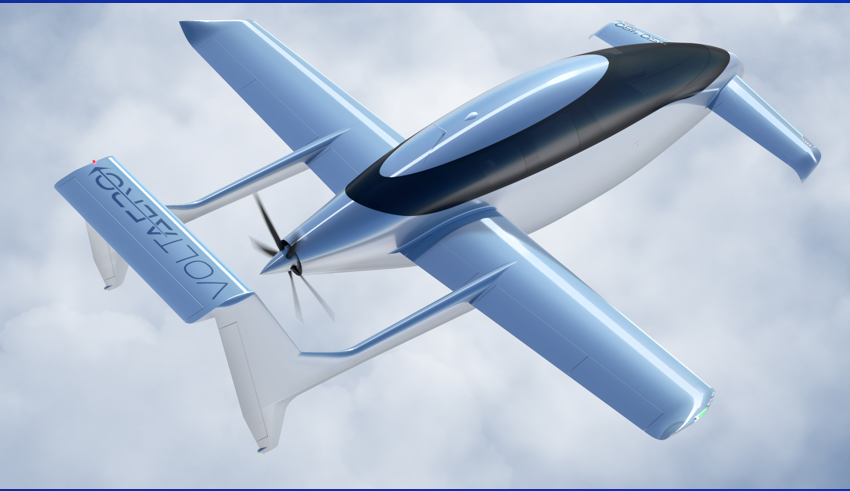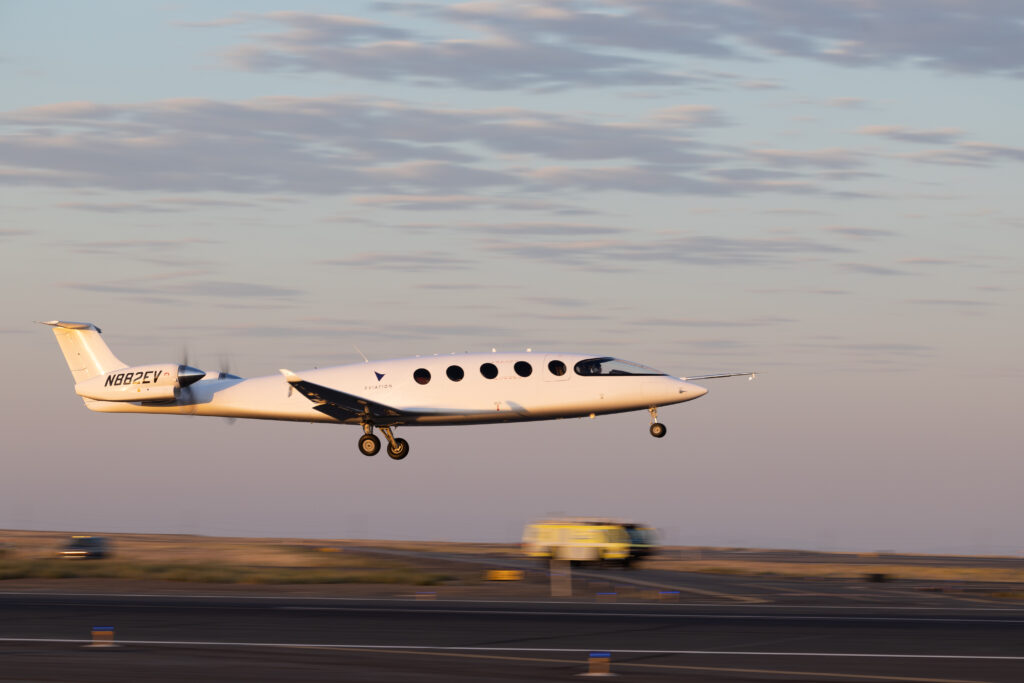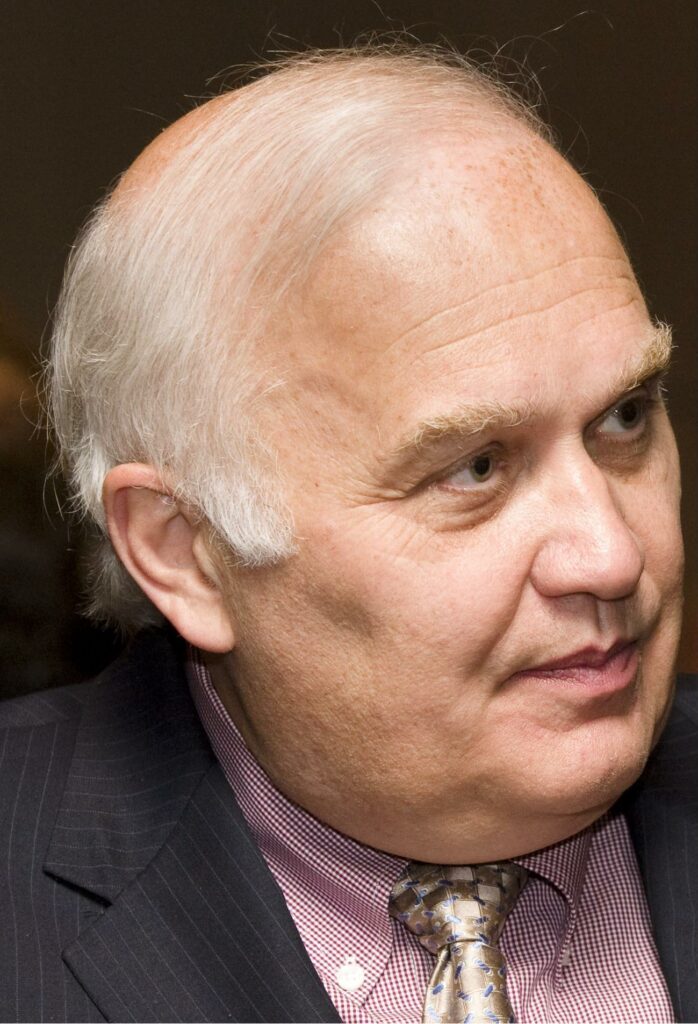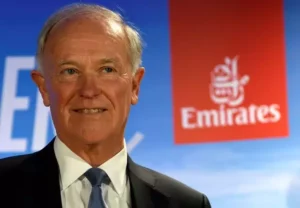Leeham News and Analysis
There's more to real news than a news release.
“The music will stop” because aviation will miss target “green” deadlines: Boeing’s Calhoun
Subscription Required
By Scott Hamilton
Oct. 24, 2022, © Leeham News: Boeing CEO David Calhoun believes that the plethora of concepts for shifting to “green” aviation may be confusing policymakers.
And, he says, the pace outlined by the commercial aviation industry may contribute to the confusion.
Calhoun also said that Sustainable Aviation Fuel (SAF), while the most promising near-term technology to reduce aviation emissions, isn’t an easy solution, nor is it a complete solution.
Calhoun made his remarks last month at the US Chamber of Commerce Aerospace Summit in Washington (DC).
Voltaero’s Cassio hybrid plane is “Mild”
The somewhat different hybrid-electric aircraft
Subscription Required
By Scott Hamilton and Bjorn Fehrm
Oct. 10, 2022, © Leeham News: A French company, Voltaero, is taking a different approach to the plethora of concepts to produce a “green” aerial vehicle.
 The Cassio family of aircraft uses a Mild Hybrid to avoid the pitfall of most hybrids, the need for a large battery. Batteries of today and tomorrow are too heavy to serve as the main power source for an aircraft unless it’s a flight around the airport like for trainers.
The Cassio family of aircraft uses a Mild Hybrid to avoid the pitfall of most hybrids, the need for a large battery. Batteries of today and tomorrow are too heavy to serve as the main power source for an aircraft unless it’s a flight around the airport like for trainers.
Voltaero designed a clever hybrid scheme that allows electric flight where it matters and leaves a thermal engine to do the rest. The concept, called a “Mild Hybrid,” keeps the advantages of the electric flight mode without the disadvantages of short-range or an expensive operation.
UPDATED: All-electric Eviation Alice takes 1st flight
Sept. 27, 2022 © Leeham News: The battery-powered Eviation Alice has flown for the first time.
The nine-seat aircraft, powered by twin electric propeller motors assembled by Eviation’s sister company, magniX, rotated up and took off into a sky hazy from forest fires shortly after sunrise in the Pacific Time Zone, a little after 7 a.m.
After takeoff the plane banked to the right, circled for eight minutes around Grant County International Airport in Moses Lake, then landed safely. The Alice reached an altitude of 3,500 feet.
The dawn flight was an important milestone for Eviation, magniX, and for battery-powered aircraft in general. The Alice appears to be the largest electric passenger aircraft to fly so far, larger than the two-seater Pipistrel Velis, which had its first test flight with passengers in Iceland last month. Tecnam and Rolls Royce teamed up to fly a four-seater P2010 with a hybrid electric engine in February.
Summary
- EIS is still years away, CEO says
- Eviation and magniX need batteries to get better
- Alice will evolve in interim
Bjorn’s Corner: Sustainable Air Transport. Part 21. Fuel Cell system design
May 27, 2022, ©. Leeham News: Last week, we looked at the power levels we need in a fuel cell and electric motor system. We listed the required powers and durations for takeoff, climb, and maximum continuous power levels for a 70-seater turboprop.
Now we go deeper into the fuel cell system design, looking at system powers and thermals.
Bjorn’s Corner: Sustainable Air Transport. Part 15. Hydrogen propulsion system choices.
April 15, 2022, ©. Leeham News: Last week, we examined different airliner types’ power requirements and the importance of their size classes in the market.
Now we look at what propulsion system alternatives are available when using hydrogen as the energy source and their principal advantages and disadvantages.
Airbus readies hydrogen-powered demo flights
Update, Feb. 21: Airbus announced today a press conference tomorrow in Toulouse.
By Scott Hamilton
Feb. 8, 2022, (c) Leeham News: Airbus plans to fly a hydrogen-fueled ZEROe demonstrator soon, with an announcement coming as early as this month.
Airbus’ drive to reduce emissions appears prioritized toward developing an H2-fueled airplane. While all it’s A-Series aircraft will be 100% compatible with Sustainable Aviation Fuel (SAF) by 2030—they’re 50% compatible today—hydrogen is at the forefront of its research and development. Officials want to have an H2-powered airplane ready for service by 2035. This aircraft will almost certainly be a turboprop.
Amanda Simpson, vice president for research and technology of Airbus, said the company must have a demonstration project proving the feasibility of an H2-fueled airplane before full development can proceed. She told the audience at the annual conference of the Pacific Northwest Aerospace Alliance yesterday that an announcement could come within two weeks. In sideline remarks, she declined to say what type of aircraft will be used for the demo project.
“Don’t delude the public” on environmental advances in aviation
By Scott Hamilton
Jan. 26, 2022, © Leeham News: The International Air Transport Assn’s Annual General Meeting in Boston last October focused on industry progress and goals toward a greener environment.
In a fanfare series of panels and announcements, IATA set a goal of industrial carbon neutrality by 2050. But in reality, this was a step backwards from a goal described in 2011 by Jim Albaugh, then-president of Boeing Commercial Airplanes. Albaugh made his remarks in a speech before the Royal Aeronautical Society.
At the IATA AGM, Tim Clark, president of Emirates Airline, cautioned the industry: “Don’t make promises you can’t keep.”
LNA spoke with Clark this month, who expanded on his IATA appearance.
Putting some reality into ecoAviation: steps *backwards*
By Scott Hamilton
Analysis
Jan. 25, 2022, © Leeham News: The airline industry makes a splash about setting goals to become carbon neutral by a date certain. It also set a goal to reduce CO2 emissions in absolute terms by a date 30 years in the future after achieving carbon neutrality.
How will these lofty goals be achieved?
Using lightweight materials in airplanes, including composites. Improving aerodynamics. More fuel-efficient engines. There’s “great promise” in biofuels. Improving air traffic management.
Were these the big announcements by the International Air Transport Assn. at its annual general meeting in October in Boston?
Nope.
These goals were outlined in a speech in June 2011 by Jim Albaugh, then-president of Boeing Commercial Airplanes (BAC) before the prestigious Royal Aeronautical Society (RAS).
The IATA AGM pronouncements went backward. Albaugh said in 2011 that the aviation industry’s goal of net-carbon neutrality was for 2020. IATA’s goal for achieving net carbon neutrality is 2050, the year Albaugh said was the goal to reduce CO2 emissions in absolute terms.











